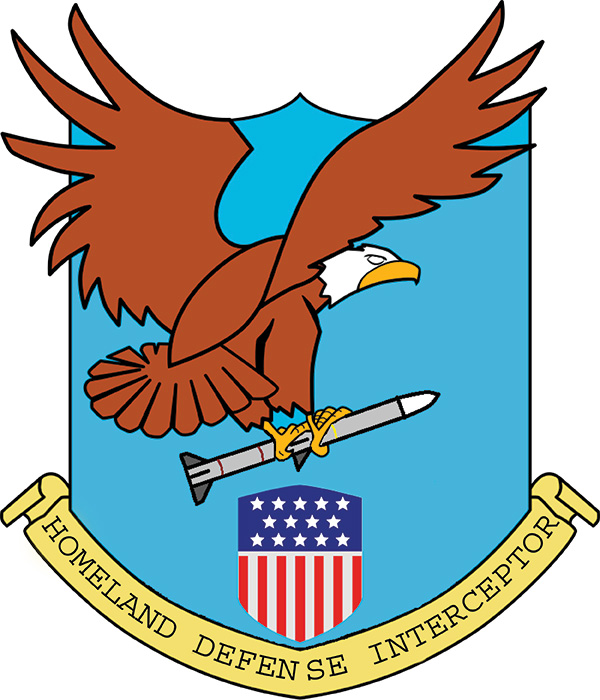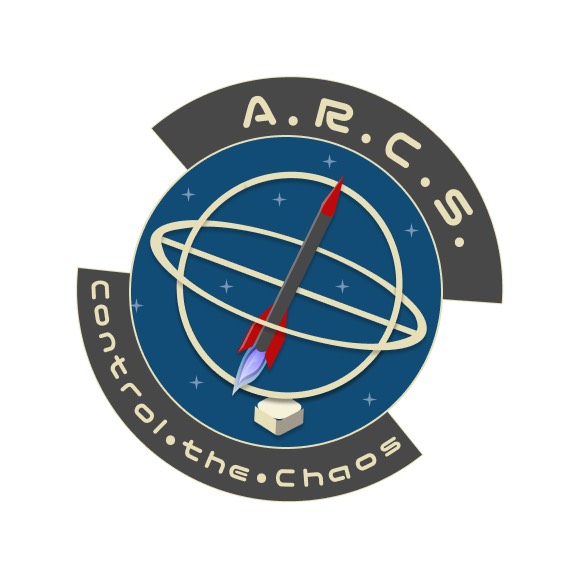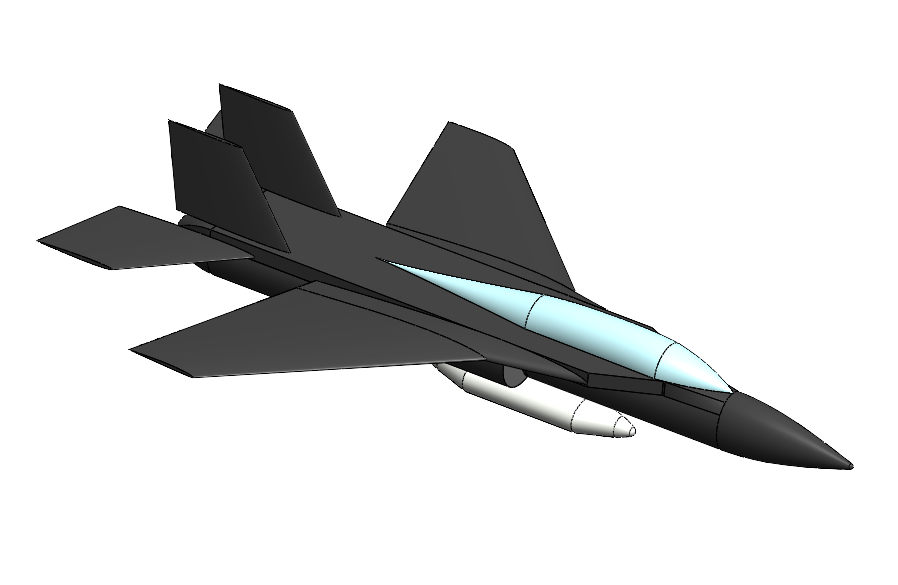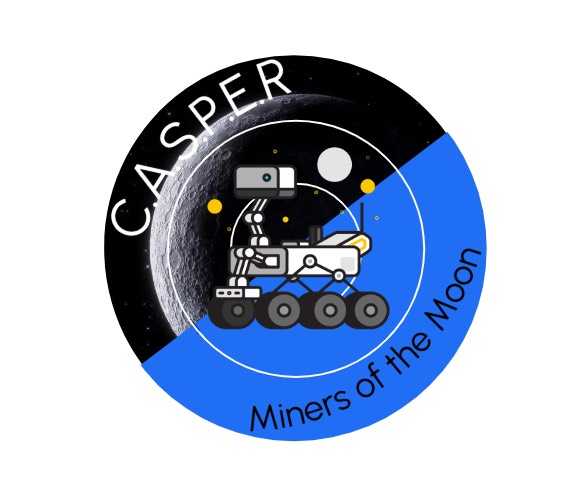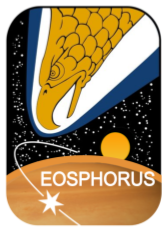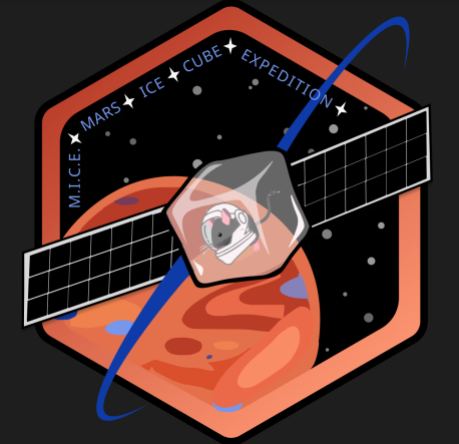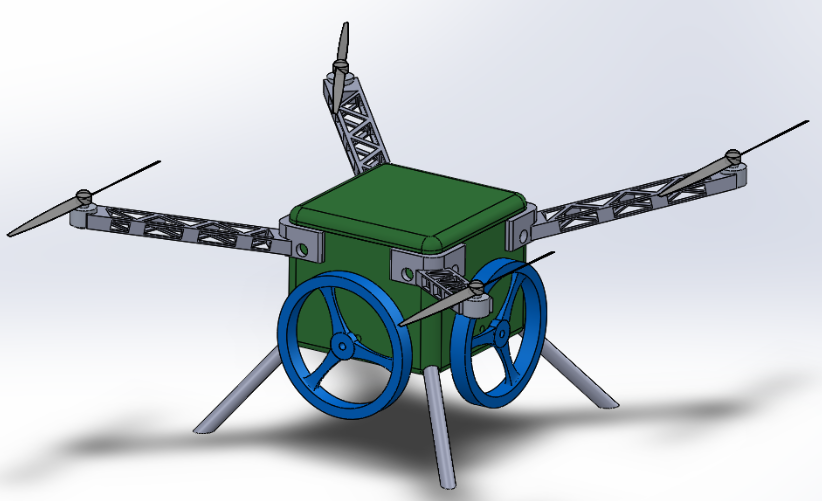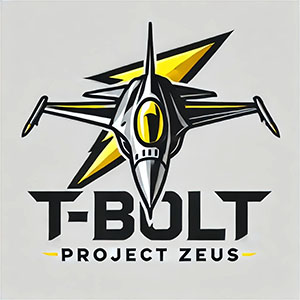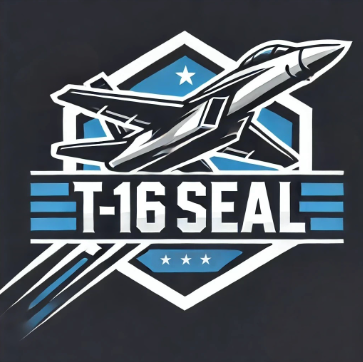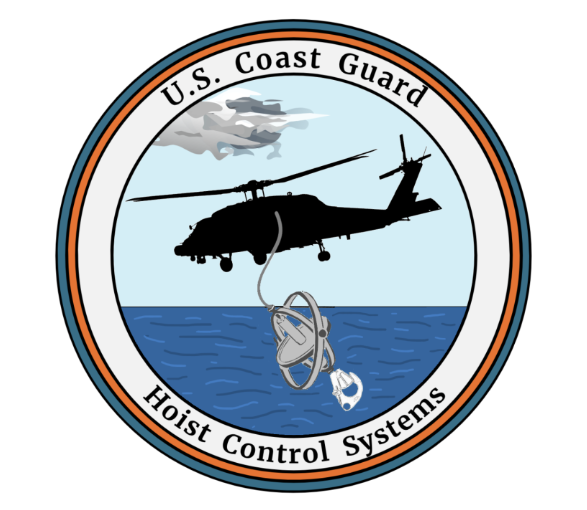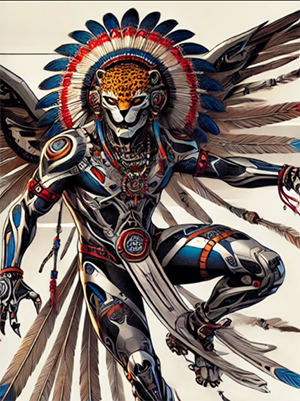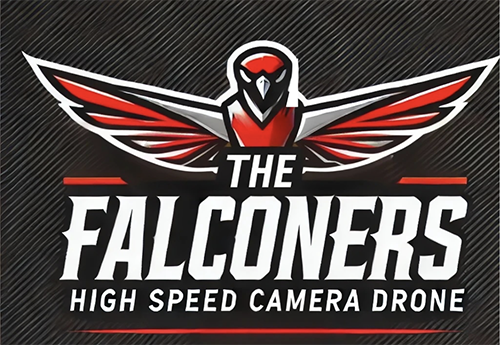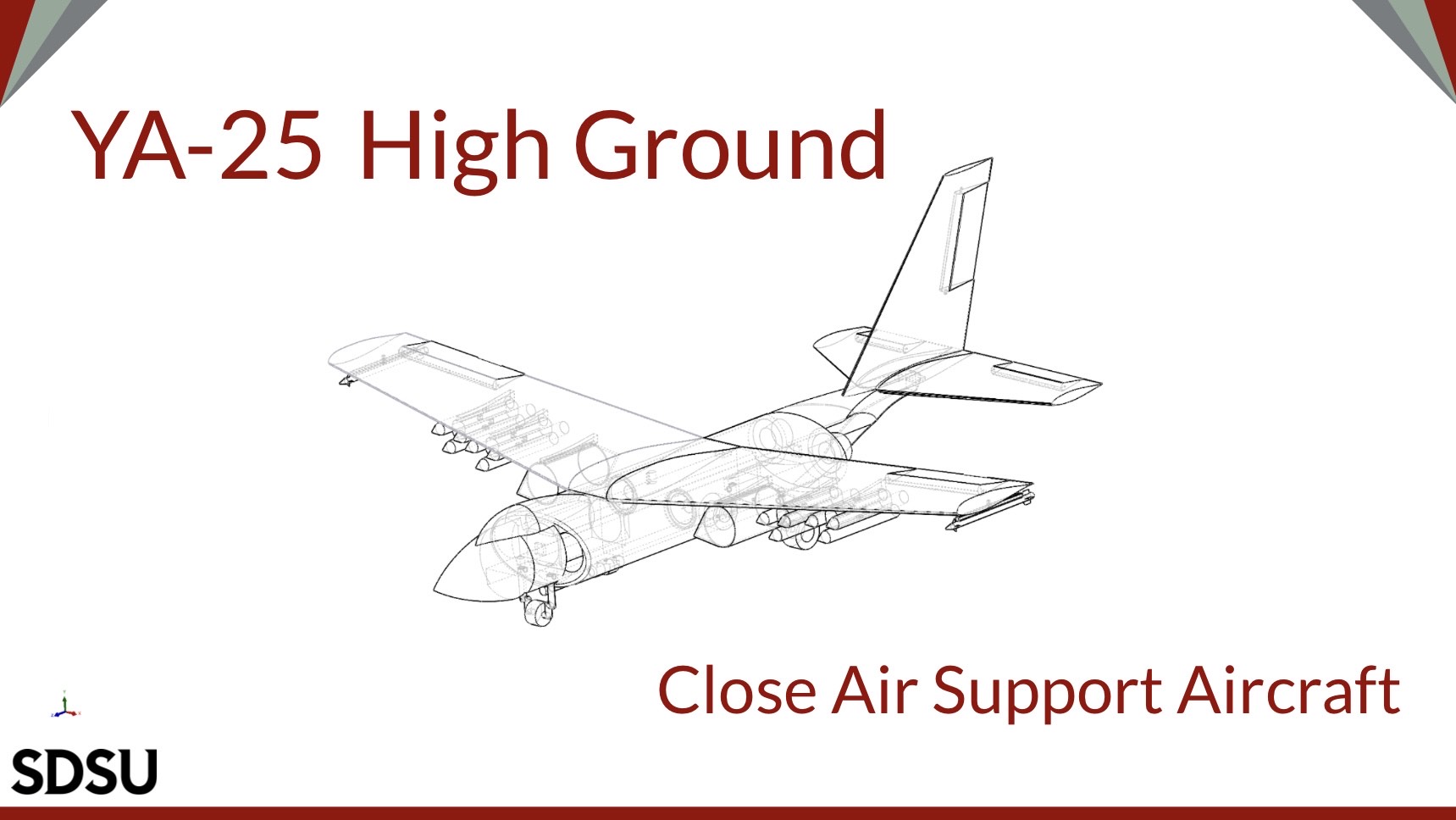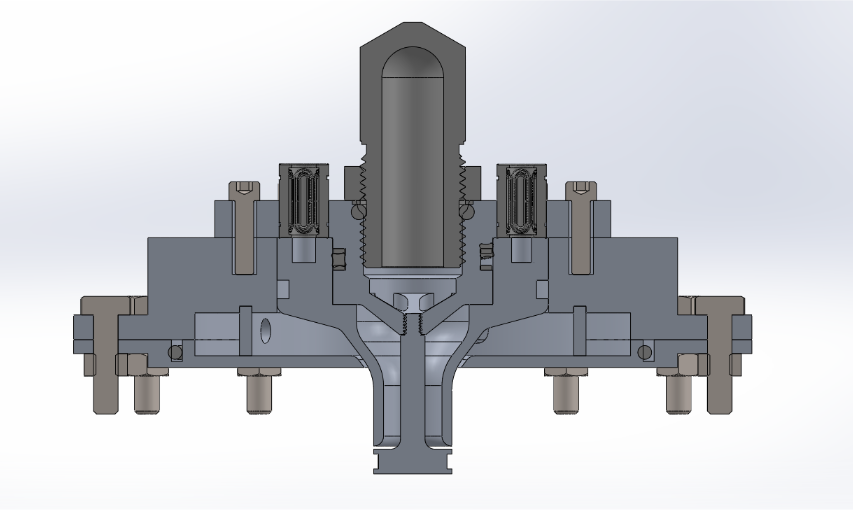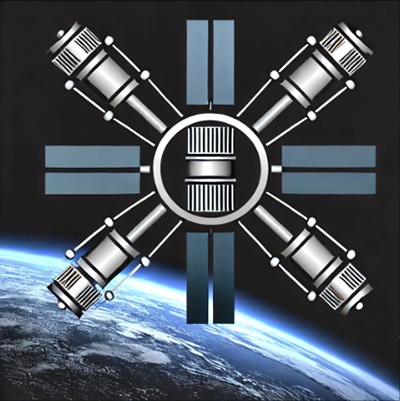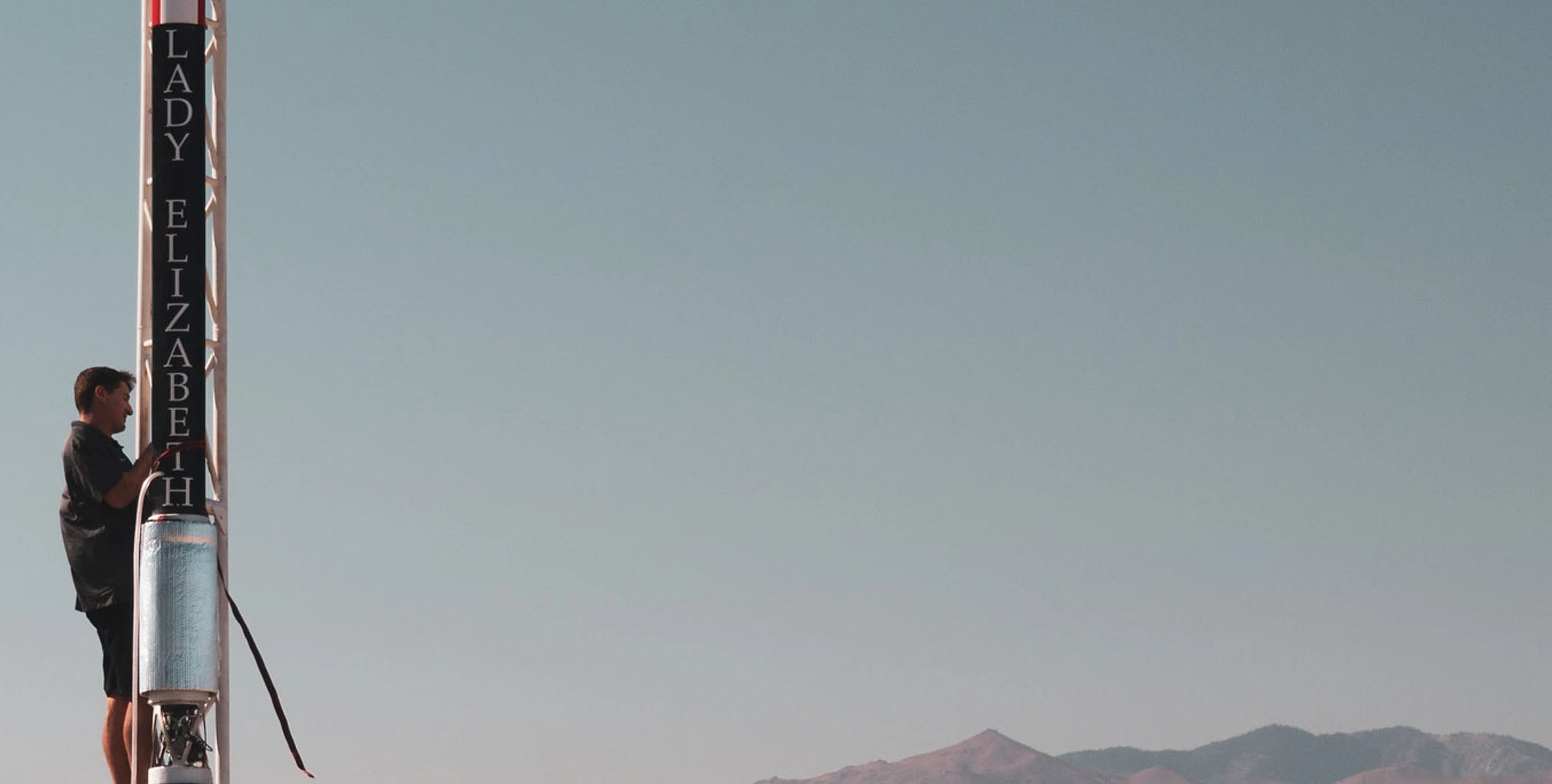Design Day 2025
Engineering Design Day 2025 showcases innovative design projects the undergraduate Engineering students create throughout their academic year. This event is a combination of the Engineering Senior Design classes in Aerospace Engineering, Civil, Construction & Environmental Engineering, Electrical & Computer Engineering, and Mechanical Engineering. Design Day is the largest College of Engineering annual event at Viejas Arena. Join us for a showcase of the exciting, innovative design projects our undergraduate Engineering students conceive, design and build.
For an in depth look at all of the senior design projects for 2025, please visit our digital 2025 Design Day Booklet (PDF)
Engineering Design Day 2025 will be held in Viejas Arena on May 7th 2025 from 1:00pm - 4:00pm (PST).
You can find the directions and information for parking here: https://www.engineering.sdsu.
Please visit our College of Engineering Design Day website, which has an archive of all of our Engineering Design Day events.
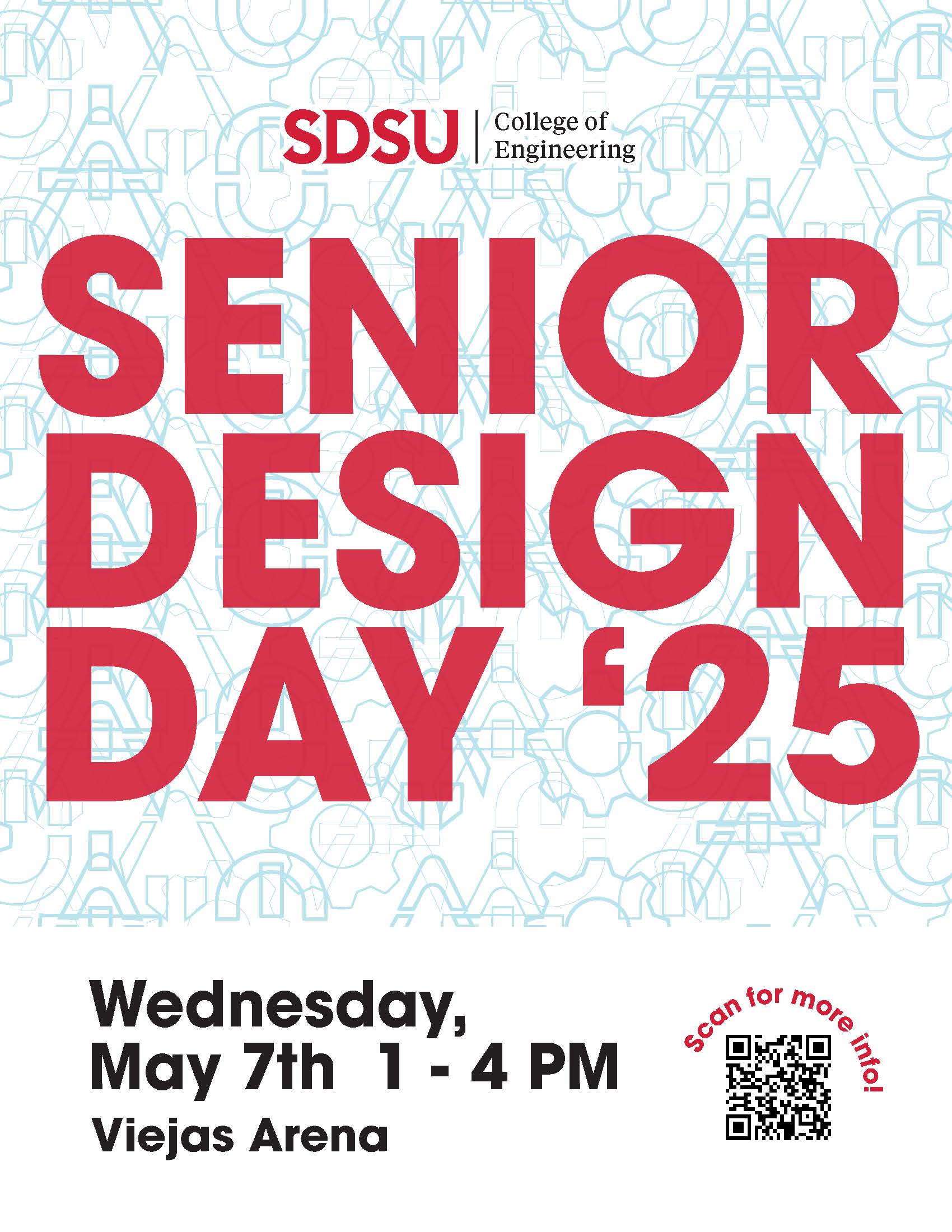
Aerospace Engineering Design Day Booklet 2025
Design Day Projects
Aerospace Homeland Defense
Project Description
A high-performance, low weight, and cost-effective Homeland Defense Interceptor (HDI) that fulfills defense missions of different profiles provided by the AIAA undergraduate team design competition. With a cap of $25 million per unit, the aircraft will perform various roles including intercepting threats and escorting missions.
- Team Members: Hanna Fakhouri; Robert Graham; Bryce Leon; Chloe Mahiai; Dylan Ramsay; Mitchell Surrey; Ethan Trieu
- Advisor: Prof. Geoffrey Butler; San Diego State University
Click on image to view poster
Project Description
Develop and demonstrate a low-cost, lightweight, and reliable Reaction Control System (RCS) prototype for amateur rocketry teams. By leveraging COTS hardware and minimal custom components, the system will integrate fluid, structural, avionics, and control subsystems to achieve effective attitude control. We aim to significantly lower the barrier for advanced rocket stabilization and maneuverability in the amateur rocketry community.
- Team Members: Sebastian Gonzalez; Kiril Yampolsky; Kyle Huynh; Santiago Ulloa; Daniel Green
- Advisor: Prof. Roni Goldshmid, San Diego State University
- Sponsor: SDSU Rocket Project
Click on image to view poster
Arthropod Aeronautics
Project Description
Advanced pilot trainer (ATP. Jet trainer, designed to replace the T-7 Talon to help train future pilots using a more efficient and better performing aircraft. Anomalocaris will be within the same price range of the T-7, while providing better overall performance for pilots to fly in and train. While adhering to the general guidelines provided by the system requirement documents for an ATP, Anomalocaris was designed with the intent to include configurations to help induce real life scenarios to help train pilots for the potential environments that they would fly in.
- Team Members: Sean Gidley; Magnus Ramsey; Layla Spangle; Carlos Martinez; Erica Espiritu; Bryan Ramirez; Jenna Schrady
- Advisor: Prof. Geoffrey Butler, San Diego State University
Click on image to view poster
Project Description
The project designs a lunar mission using a rover to collect and store lunar ice to further deep space exploration. A rover prototype will also be built to accomplish demonstrative lunar objective missions. The rover will display maneuverability around and over obstacles, will be remotely controlled and navigated using a camera, and display drilling and storage mechanisms to collect sample data.
- Team Members: Jose Reyes; Sebastian Gonzalez; Kyle Enriquez; Ruby Cave; Sean Brucker; Alec Delgado, CJ Flores; Noah Noxon
- Advisor: Prof. Pablo Machuca, San Diego State University
Click on image to view poster
Project Description
The goal of the project is to design a mission to send an orbiter (Eosphorus) and surface probe (Atropos) to Venus. The orbiter will improve the gravitational model of Venus and map the lower-level atmospheric temperature distribution. The probe will detect and measure surface-level phosphine concentration, and determine the chemical composition of the soil. A prototype will demonstrate key technologies of the probe such as attitude control, communications, and sampling of the atmosphere during descent.
- Team Members: Alexander Ngo; Ivan Cuevas-Jimenez; Jarret Hartwig; Diego Perea; Aidan Anuskiewicz; Logan Resendez; Alessandro Cauvi; Aldo Lopez
- Advisor: Prof. Pablo Machuca, San Diego State University
- Sponsor: SDSU
Click on image to view poster
Project Description
Mars Ice CubeSat Expedition has the goal to develop a scalable approach to planetary mapping using SmallSat technology to obtain high-resolution data without needing large expensive hardware. Two main objectives are to map near-surface ice deposits in mid-latitude regions of Mars, and to validate aerobraking technologies using SmallSats.
- Team Members: Kiril Yampolsky; Kyle Hyunh; Daniel Green; Santiago Ulloa; Devin Patel; Jared Agos; Dylan Spiker; Ryan Henderson
- Advisor: Prof. Pablo Machuca, San Diego State University
Click on image to view poster
Project G-7
Project Description
By using reaction wheels, a drone can correct deviations in pitch and roll so it can maintain a stable orientation with low reliance on aerodynamic forces or motor thrust adjustments. This method could create better stability, reduce noise, and provide improved attitude control in various conditions.
- Team Members: Ryan Henderson; Alessandro Cauvi; Jarrett Hartwig; Ivan Cuevas-Jimenez
- Advisor: Prof. Roni Goldshmid, San Diego State University
Click on image to view poster
Project Description
Our project focuses on investigating and optimizing the aerodynamic performance of grid fins by comparing two previously studied geometries to our own custom grid fin geometry. Previous studies and their findings informed our design for our grid fin. All grid fins were tested in the subsonic wind tunnel with data collected by the force-balance system and the flow was visualized with smoke.
- Team Members: Aidan Anuskiewicz; Ruby Cave; CJ Flores
- Advisor: Prof. Roni Goldshmid, San Diego State University
Click on image to view poster
Project Zeus
Project Description
Our team has been tasked with designing a next-generation advanced pilot trainer to succeed the T-38C, the current training aircraft used in the U.S. Air Force’s Specialized Undergraduate Pilot Training (SUPT) program. This land-based aircraft will train pilots in the fighter and bomber track and Introduction to Fighter Fundamentals (IFF), equipping them with the skills needed to transition into modern combat aircraft while meeting U.S. Air Force (USAF) operational requirements.
- Team Members: Brandon Ton; Faerich Nieva; Jacob Warren; Mercedes Flores; Moises Ortiz-Flores; Njata Holland; Tyler Lui
- Advisor: Prof. Geoffrey Butler, San Diego State University
Click on image to view poster
ReconRoost
Project Description
Our drone aims to provide a more efficient and thorough alternative to conventional security cameras. The drone will be able to cover blind spots and keep constant surveillance of a perimeter. The flight time will be optimized due to our ability to autonomously swap out the drones battery at its landing station. We will also design a lightweight structure to conserve battery for when it is patrolling.
- Team Members: Joel Sampol, Ryan Reno, Anthony Cortes;Joshua Baker
- Advisor: Prof. Joseph Katz, San Diego State University
Click on image to view poster
Seal Team 6
Project Description
The T-16 Seal is a versatile advanced pilot trainer aircraft designed for training pilots on modern fighters. It features innovative design elements for improved maneuverability, control, and efficiency. With reliable engines, low maintenance costs, and the ability to handle both short and long-range missions, the T-16 is a competitive option for advanced pilot training.
- Team Members: Luca Capperucci; Sean Hodgson; Yaseen Abdullah; Abdulaziz Alqubayli; Ahmed Mohamed; Jackson Green; Emilio Spadaro
- Advisor: Prof. Geoffrey Butler, San Diego State University
Click on image to view poster
USCG Hoist Control Systems
Project Description
This project focuses on mitigating hoist load spin induced by helicopter rotor wash during rescue operations. A scaled helicopter system was used to quantify induced torque at various distances from the rotor blades through dynamic and static force measurements. By identifying spin hotspots and dead zones, the maximum measured torque guided the design of an active control module to counteract spin. The ultimate goal is for the implementation of the module to enhance the stability, safety, and efficiency of rescue missions.
- Team Members: David Shaker; Liam Stransky; Michael Konshin; Cameron Brossart; Ashley Gray
- Advisor(s): Profs. Joseph Katz (Spring 2025) & Xiaofeng Liu (Fall 2024), San Diego State University
- Sponsor: USCG Aviation Logistics Center - Pending sponsor
Click on image to view poster
Team Tezca Talon
Project Description
The AIAA Homeland Defense Interceptor competition tasks students with designing an unmanned, all-weather fighter for counter air patrol and interception missions. The Tezca Talon is optimized for supersonic interception and operates from any NATO-standard airfield. This project assesses its design, mass properties, aerodynamics, propulsion, performance, stability, control, and life cycle costs.
- Team Members: Remi I. Chappelle; Darin A. Jackson; Andrew J. Lovejoy; Peter Y. Nyden; Dalhia A. Ruiz-Fernandez; Adrian R Saldaña; Thomas D. F. Smith
- Advisor: Prof. Geoffrey Butler, San Diego State University
Click on image to view poster
The Falconers
Project Description
As motorsports have evolved with faster technology, traditional camera systems have struggled to match the agility and speed required to keep up with motorsports while delivering immersive aerial photography. The use of camera drones in sports massively enhanced the viewing experience by having the camera drone follow the racers closely through every turn, making it seem that the view is right behind the driver.
- Team Members: Ahmed Mohamed; Yaseen Abdullah; Abdulaziz Alqubayli; Max Arthur
- Advisor: Prof. Joseph Katz, San Diego State University
Click on image to view poster
The High Ground
Project Description
The design of a more efficient, cost effective and newly designed close air support aircraft with the support of Geoffrey Butler. We will be using classic and new ideas implemented from the A10 F15 and Harrier Jet. We will be showcasing our design with models and explaining its innovation to previous close air support aircraft.
- Team Members: Briana Martinez; Ryan Reno; Jack Hallonquist; Joshua Baker ; Lance Baldemeca; Joel Sampol
- Advisor: Prof. Geoffrey Butler, San Diego State University
Click on image to view poster
The Tlāloc
Project Description
The Tlāloc is a versatile, affordable solution for addressing deficiencies in disaster relief efforts. It is designed for critical moments after a disaster, where existing teams may lack the necessary equipment. With a one-time manufacturing cost of $3,000, which decreases with mass production, the Tlāloc is highly customizable for various missions. While primarily for disaster relief, its durability and adaptability make it suitable for first responder situations like police chases or search missions. The report will explain how these capabilities.
- Team Members: Andrew Lovejoy; Ryan Harrison; Bryan Ramirez; Jenna Schrady
- Advisor(s): Profs. Joseph Katz & Roni Goldshmid, San Diego State University
Click on image to view poster
Throttling Injector
Project Description
Our team is designing a throttleable pintle injector for use in a rocket thrust chamber. It will use separate fuel and oxidizer inlet ports with a movable sheath that throttles both fuels at once. It will outline the mixture ratio and steps taken to optimize flow in the design and how we throttle it.
- Team Members: Kyle Enriquez; Diego Perea; Jack Hallonquist; Devin Patel
- Advisor: Prof. Roni Goldshmid, San Diego State University
Click on image to view poster
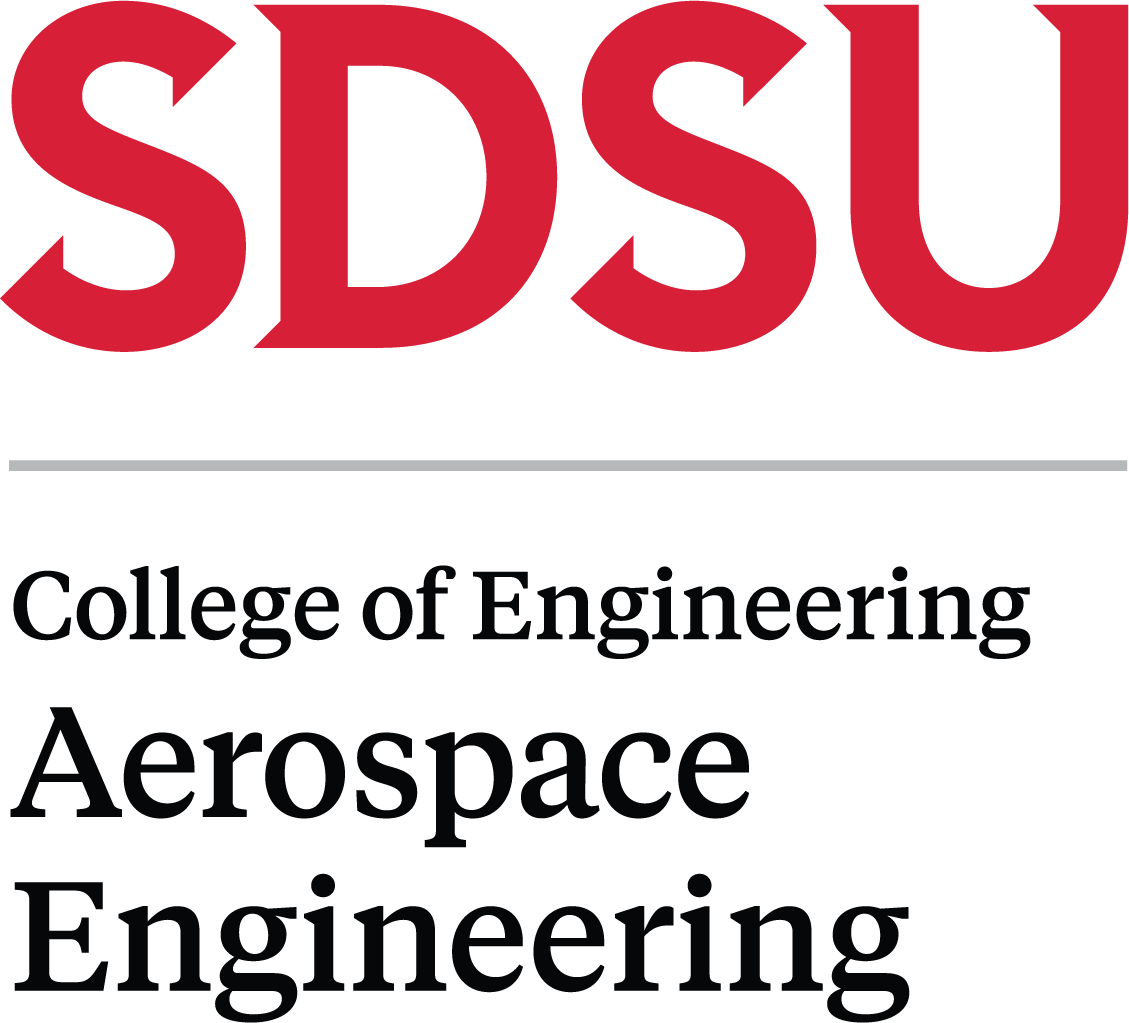
Project Description
The Orbital Restoration through Innovative Operations Network (ORION) mission enhances satellite sustainability by providing in-orbit servicing in GEO. ORION consists of a depot and several servicer satellites that perform repairs, refueling, and debris tracking, reducing replacement costs and mitigating space debris. This mission aims to demonstrate the feasibility of on-orbit servicing, supporting long-term space operations and sustainability. ASTELLAR, a joint AE/ME subteam part of ORION, will test robotic arm capabilities to repair solar panels through a prototype.
- Team Members: Seth Rodriguez; Jackelyne Hernandez; Julianna Molina-O’brien; Liyou Tesfaye; Matt Villanueva; Roberto Marquez; Ryan Kataoka; Sierra Kocina; Tzu-Jen Su; Hector Hernandez; Fred Ferreiro; William Fischer; Mayhardona Narise Daniel
- Advisor(s): Profs. Pablo Machuca and Scott Shaffar, San Diego State University
- Sponsor: Student Success Fee Fund
Click on image to view poster

